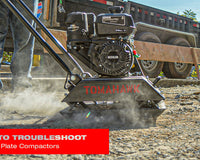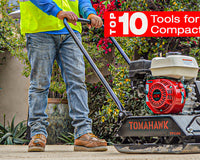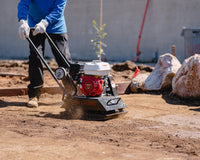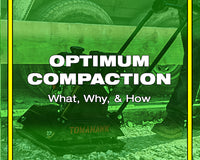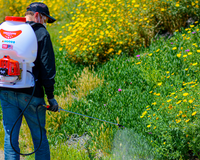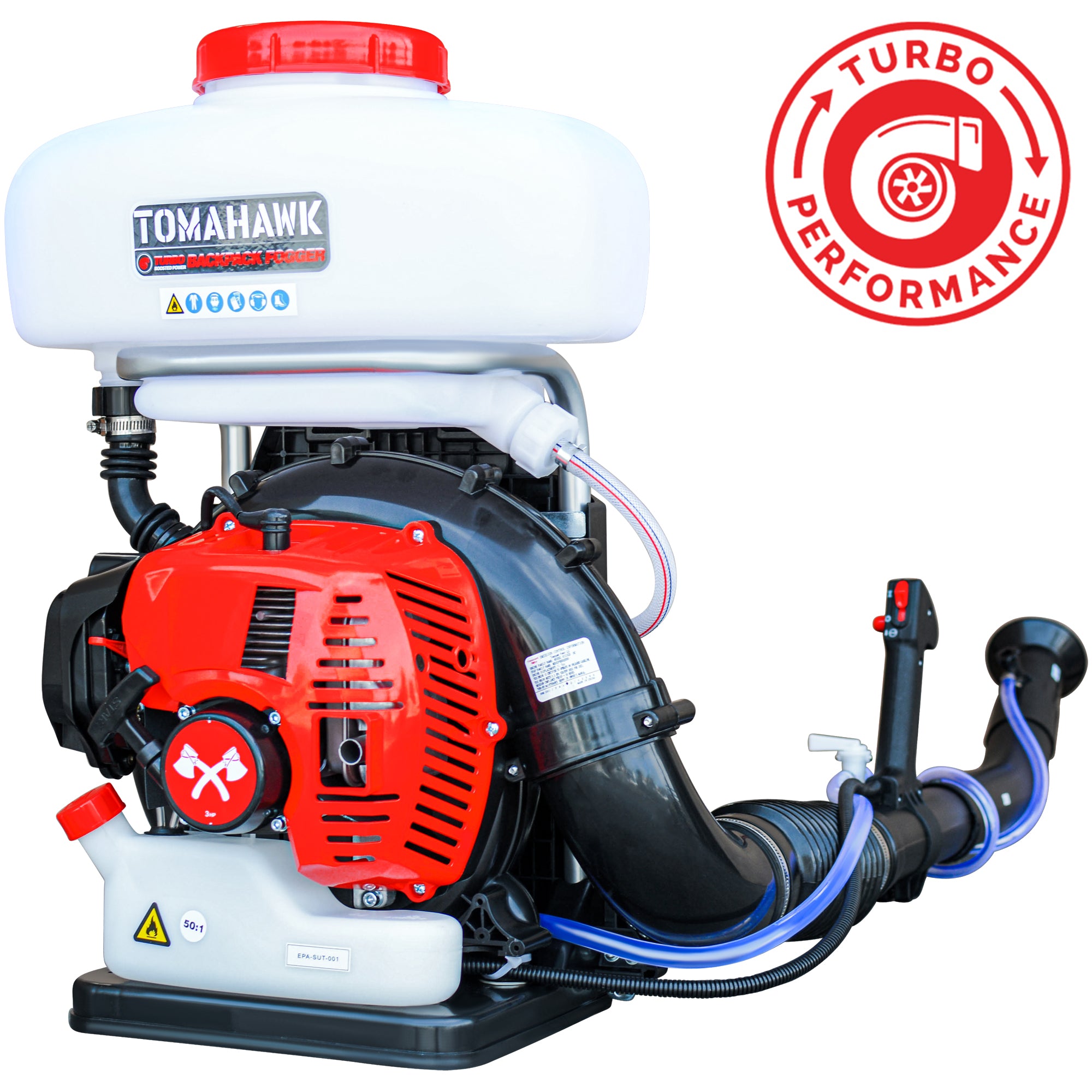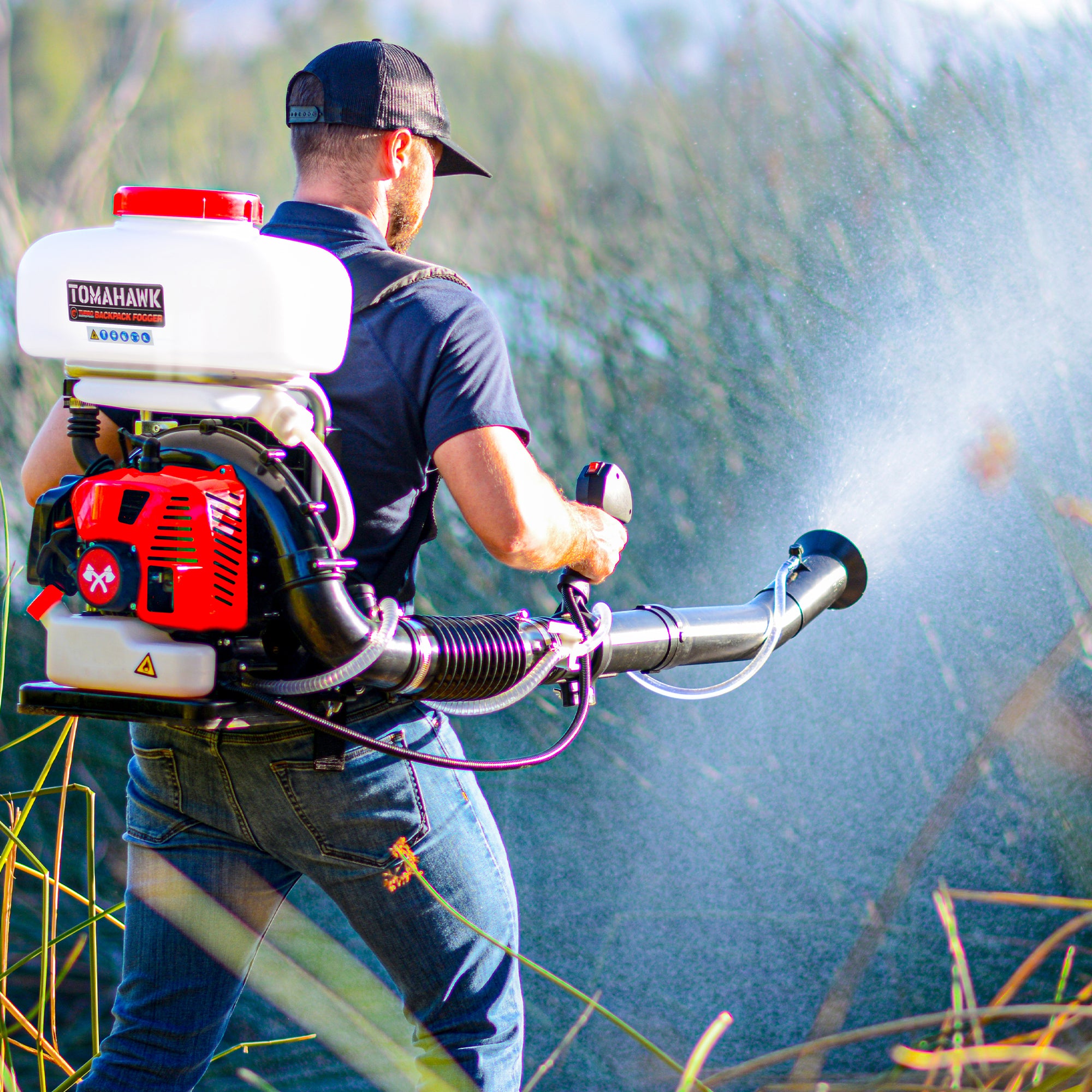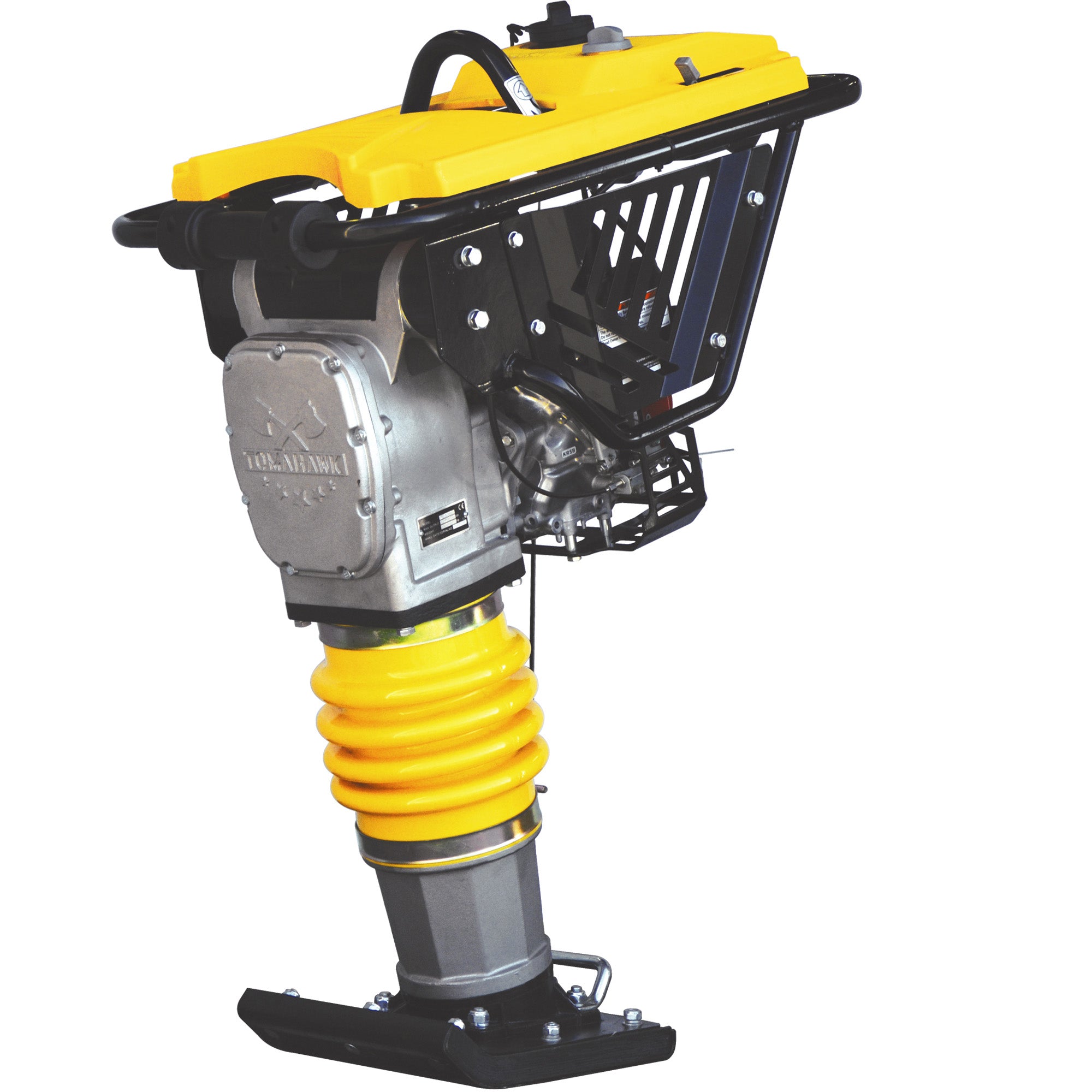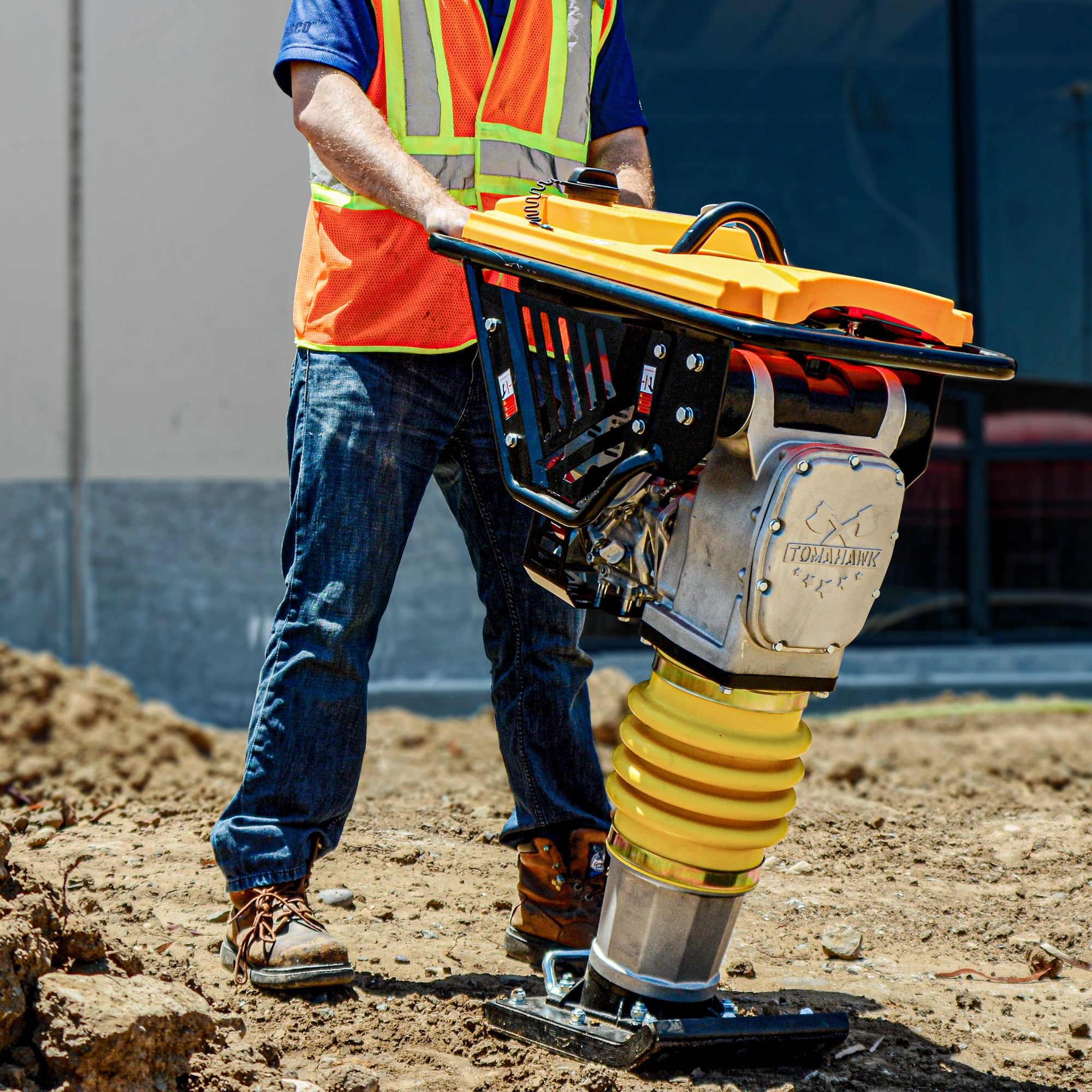As hardscaping jobs grow in size and complexity, many contractors are turning to vacuum lifters and other advanced paver lifting tools to boost efficiency and safety. However, integrating this kind of equipment requires more than just handing your team a new machine. Proper training ensures the tool is used effectively—protecting both your crew and the materials being moved.
Why Proper Training Is Essential
Without guidance, even the most ergonomic tool for stone placement can lead to costly mistakes. Misuse might damage expensive porcelain slabs, cause avoidable jobsite injuries, or result in improper paver alignment. Training your team to understand how to lift heavy concrete slabs with the right technique is the first step toward seamless installation.
At a recent hardscape expo, veteran contractor and speaker Elise Chambers noted:
“A vacuum lifter is only as smart as the person operating it. Training isn’t optional—it’s how you protect your investment and your crew.”
— Elise Chambers, Hardscape Project Manager and Public Educator
Cover the Basics First
Start with fundamentals. Teach the team how vacuum lifters for pavers work—from suction control to pad placement. Demonstrate on different materials such as natural stone, porcelain, or concrete, and review the weight limitations of each suction pad. Explain how to use the machine’s controls for lifting and release without causing impact damage.
Training with versatile machines like the Tomahawk TVL440, which features quick-swap pads and intuitive push-button operation, can make onboarding faster for crews new to stone handling equipment.
Emphasize Safety and Ergonomics
While lifting granite slabs without chipping is important, crew safety remains the top priority. Ensure workers understand proper body positioning, safe lifting heights, and the risk of overextending vacuum lifters on uneven terrain. If the lifter is a one person paver installation tool, verify that the load weight and material surface are suitable for solo handling.
Discuss how these tools help reduce crew fatigue on landscaping jobs. Avoiding repetitive lifting by hand not only improves long-term worker health but also keeps team productivity high throughout long shifts.
Practice on Real-World Applications
Set up mock jobsite scenarios during training. Practice moving retaining wall blocks, installing heavy porcelain pavers, and managing awkward concrete slab lifting solutions. Repetition builds confidence and reduces hesitation when using vacuum suction lifters for landscaping or patio paver installs in the field.
Encourage crew members to ask questions and troubleshoot—especially during early uses. Mistakes are best made and corrected during controlled practice rather than under pressure in front of a client.
Maintain a Culture of Equipment Mastery
Introduce equipment operation as an expected crew skill, not a novelty. Incorporate refresher sessions or assign an experienced operator to mentor new hires. With many landscaping professionals now turning to tools to install pavers alone, promoting this mindset helps your team stay ahead of industry standards.
Ultimately, investing time in proper training ensures that lifters like the TVL440 aren’t just collecting dust in a truck bed—they're maximizing project efficiency, protecting materials, and safeguarding workers. When used correctly, these tools become essential allies in delivering quality hardscaping work at scale.

